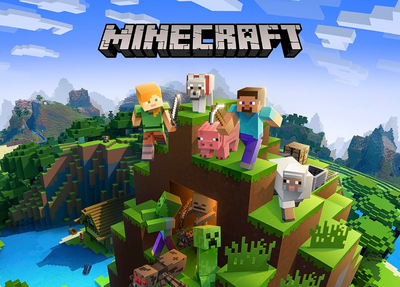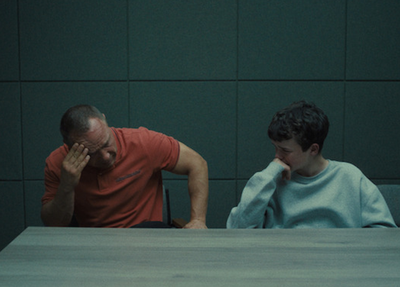
Very Parental Guidance Shows
Rebecca on Feb. 5, 2025
How to navigate watching a show like Beast Games with your children when the rating says PG and the content contains very adult behaviours.
I know about MrBeast because I’m a mother to two young boys and it’s hard to miss hearing his voice, his name, and his chocolate line at the supermarket. He’s the most famous YouTuber in world, having made millions and millions from his channel which is known for challenges that involve philanthropic giveaways to those in need, alongside impossible feats and a lavish lifestyle, all funded by the viewer count. Beast Games is Mr Beast’s first venture into television – funded by Amazon Prime – and is the largest reality show ever with 1,000 participants competition for $5 million.
My boys were *eager* to watch Beast Games, and I was curious. We checked the rating: PG, parental guidance recommended with a content warning for coarse language. None of that concerned me because I knew I’d be watching it with them, and I know that coarse language, when compared to offensive language, isn’t that bad for our whānau and their age levels of nearly six and ten. Coarse language at a PG level tends to be words that might play on known swear words, or swear words are cut off.
What I quickly became aware of as we watched the first episode however was the complexity of stress and adult behaviours that would be on display: a reality show pitting people against each other for money is going to highlight some less favourable human behaviours.
In episode one all 1,000 players are presented with the challenge to self-sacrifice (leave the game immediately) or their team would all be eliminated. If they self-sacrificed they would receive a share of $100,000. People are overcome by the emotion of the decision: there’s crying, screaming, pleading. In a subsequent challenge, players are given the chance to walk away with money, but it means their row will be eliminated. Players attempt to manipulate their fellow players, or gain favour and form agreements to not accept the money on offer. When some players surprise their row mates — taking the money and ending their time on the show to win a $5 million prize pool — there’s plenty of emotion on display. And this can be hard for tamariki to process. Seeing adults upset and overcome with feelings can generate feelings of worry and stress in little people.
I noticed my own response to what we were watching: my heart rate was increasing, I felt the stress of the decisions these players were making, and the disappointment when a player let others down or blindsided them, dashing hopes and dreams for winning money that would improve their lives. I looked at my boys and could see they were riveted: so I checked in with them. How were they feeling? What did they think they might do in that situation? We started speaking out loud about what was happening on screen so that I could gauge if it was too much, or the right amount of entertaining.
By the fourth episode, they were questioning people’s choices out loud:
- ‘Why didn’t they choose any women for their team to ride in the helicopter?’ This was an opportunity to talk about gender dynamics and we talked about how unfair this was. The same sentiments started to be voiced by the participants on screen.
- ‘Why is everyone giving that man the coins?’ This was an opportunity to talk about group think behaviours, and even some players on screen started to talk about giving over their coins even when they didn’t want to.
- ‘Why is she distracting the other players like that?’ This was an opportunity to talk about bad game tactics, manipulation, and how that player may be perceived by other players at the end of that challenge.
I’m so happy I watched it with my boys so that I could guide them through some of the big emotions and game behaviours playing out on screen. And that’s what a PG age rating is designed to flag for parents making viewing choices for their younger ones. With my boys we were able to share frustrations about player decisions, and cheer when people stayed in the game because they’d made ‘good’ choices. At the same time it gave them plenty to think about what they would do. We could talk about how decisions are not always black and white, there are trade-offs and how you consider your impact on others around you.
Further reading
Subscribe to our blog
Stay up to date with the Classification Office blog.


